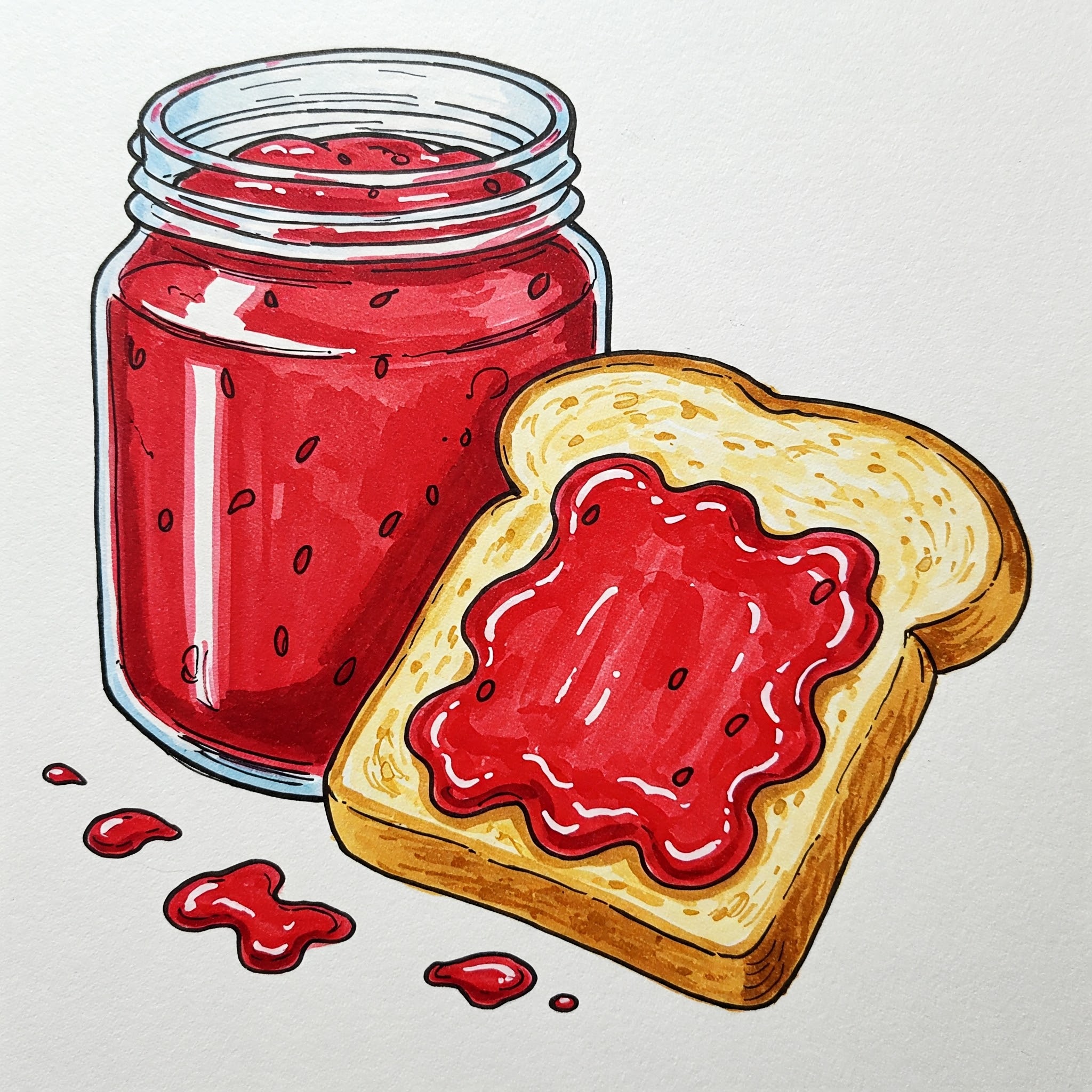Edge
Definition
Edge is a noun and a verb. As a noun, it refers to the boundary or outermost part of an object, often where two surfaces meet, or an advantageous position. As a verb, it means to move gradually in a specified direction or to give an object a sharp boundary.
Parts of Speech
- Noun
- Verb
Pronunciation
American English
- IPA Pronunciation: /ɛdʒ/
- Respelling: EHJ
British English
- IPA Pronunciation: /ɛdʒ/
- Respelling: EHJ
Etymology
The word "edge" originates from the Old English "ecg," meaning "sword" or "cutting side," derived from Proto-Germanic "agjo." Initially related to cutting tools, its meaning expanded to include boundaries and advantageous positions.
Derivatives
- Edged (adjective)
- Edging (noun/verb)
- Edgeless (adjective)
- Overedge (verb)
- Edgewise (adverb)
Synonyms
- Border
- Margin
- Periphery
Antonyms
- Center
- Interior
- Core
Usage
The term "edge" is used to describe the outer boundary of an object, as in "the edge of the table," and to refer to a competitive advantage, as in "having an edge over competitors." It also appears as a verb, as in "He edged toward the exit."
Related Terms
- Boundary: A line or limit marking the end or boundary of something.
- Fringe: The outermost part or margin of an area.
- Advantage: A position of greater power or favor.
Detailed Definitions
Noun
- The boundary or outer part of an object: Refers to the part where two surfaces meet, often indicating the limit or end of an area.
- Example: "She walked to the edge of the cliff."
- An advantageous or superior position: Used to describe a position that offers an advantage in a situation or competition.
- Example: "His experience gave him an edge in the job interview."
- A sharp side of a blade or cutting tool: Refers to the part of a blade that is sharpened for cutting or slicing.
- Example: "The knife’s edge was sharp enough to slice through paper."
Verb
- To move slowly or gradually in a specified direction: Used to indicate a careful or subtle movement toward a particular area.
- Example: "He edged closer to the door, hoping to leave unnoticed."
- To give an object a sharpened boundary: Describes the act of making an object’s boundary sharp or defined.
- Example: "The craftsman edged the tool to ensure it cut cleanly."
edge



🇨🇳 Mandarin
- 边缘 (boundary of a surface)
- IPA: /piɛn˨˩ jiɛn˥˩/
- Respelling: biānyuán
- 刃 (sharp side of a blade)
- IPA: /ɻən˩˥/
- Respelling: rèn
🇮🇳 Hindi
- किनारा (boundary of a surface)
- IPA: /kɪˈnaː.raː/
- Respelling: kinārā
- धार (sharp side of a blade)
- IPA: /dʱaːr/
- Respelling: dhār
🇪🇸 Spanish
- Borde (boundary of a surface)
- IPA: /ˈbor.de/
- Respelling: bor-de
- Filo (sharp side of a blade)
- IPA: /ˈfi.lo/
- Respelling: fee-lo
🇫🇷 French
- Bord (boundary of a surface)
- IPA: /bɔʁd/
- Respelling: bord
- Tranchant (sharp side of a blade)
- IPA: /tʁɑ̃.ʃɑ̃/
- Respelling: trahn-shahn
🇸🇦 Modern Standard Arabic
- حافة (boundary of a surface)
- IPA: /ħaːfɐ/
- Respelling: ḥāfah
- شفرة (sharp side of a blade)
- IPA: /ʃafrah/
- Respelling: shafrah
🇧🇩 Bengali
- প্রান্ত (boundary of a surface)
- IPA: /pranto/
- Respelling: prānto
- ধার (sharp side of a blade)
- IPA: /dʱar/
- Respelling: dhār
🇷🇺 Russian
- Край (boundary of a surface)
- IPA: /kraj/
- Respelling: kray
- Лезвие (sharp side of a blade)
- IPA: /ˈlʲɛz.vʲɪ.je/
- Respelling: lezviye
🇵🇹 Portuguese
- Borda (boundary of a surface)
- IPA: /ˈboɾ.ðɐ/
- Respelling: bor-da
- Fio (sharp side of a blade)
- IPA: /fiu/
- Respelling: fee-oh
🇮🇩 Indonesian
- Pinggir (boundary of a surface)
- IPA: /ˈpɪŋ.ɡɪr/
- Respelling: ping-gir
- Ujung tajam (sharp side of a blade)
- IPA: /ˈu.dʒʊŋ taː.dʒam/
- Respelling: u-jung ta-jam
🇩🇪 German
- Rand (boundary of a surface)
- IPA: /ʁant/
- Respelling: rant
- Schneide (sharp side of a blade)
- IPA: /ˈʃnaɪ̯.də/
- Respelling: shnai-de
🇯🇵 Japanese
- 端 (boundary of a surface)
- IPA: /haʃi/
- Respelling: hashi
- 刃 (sharp side of a blade)
- IPA: /ha/
- Respelling: ha
🇻🇳 Vietnamese
- Mép (boundary of a surface)
- IPA: /mep˧˥/
- Respelling: mép
- Lưỡi (sharp side of a blade)
- IPA: /lwi˧˩/
- Respelling: lười
🇰🇷 Korean
- 가장자리 (boundary of a surface)
- IPA: /ka.d͡ʑaŋ.d͡ʑa.ɾi/
- Respelling: ga-jang-ja-ri
- 날 (sharp side of a blade)
- IPA: /nal/
- Respelling: nal
🇹🇷 Turkish
- Kenar (boundary of a surface)
- IPA: /ˈke.naɾ/
- Respelling: ke-nar
- Keskin yüz (sharp side of a blade)
- IPA: /ˈkes.kin jyz/
- Respelling: kes-kin yüz
🇵🇰 Urdu
- کنارہ (boundary of a surface)
- IPA: /kəˈnaː.raː/
- Respelling: kinārah
- دھار (sharp side of a blade)
- IPA: /dʱaːr/
- Respelling: dhār





